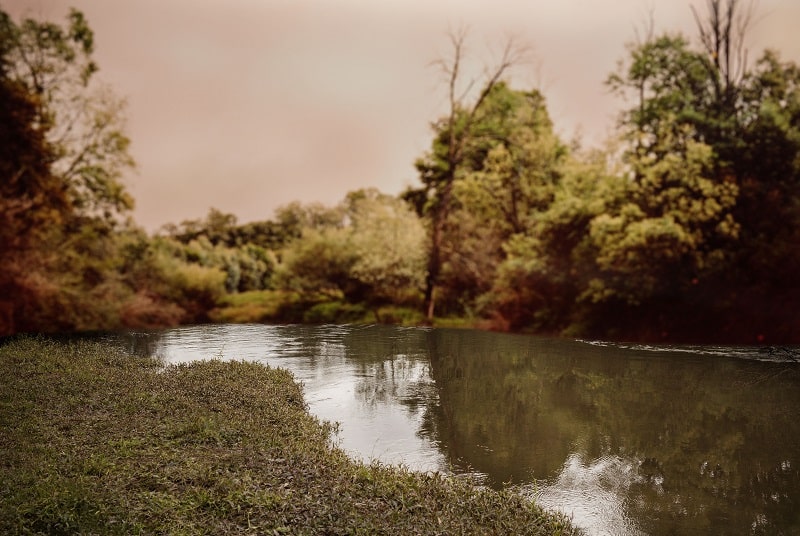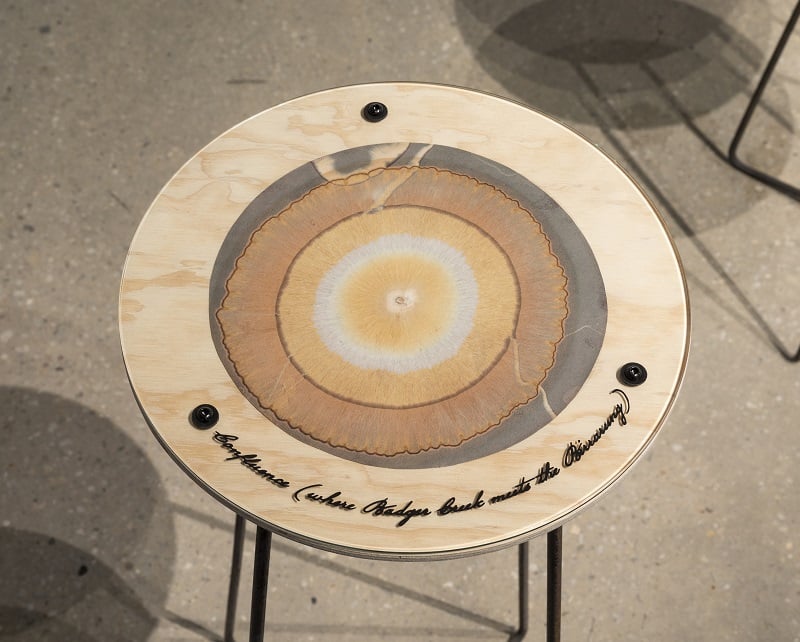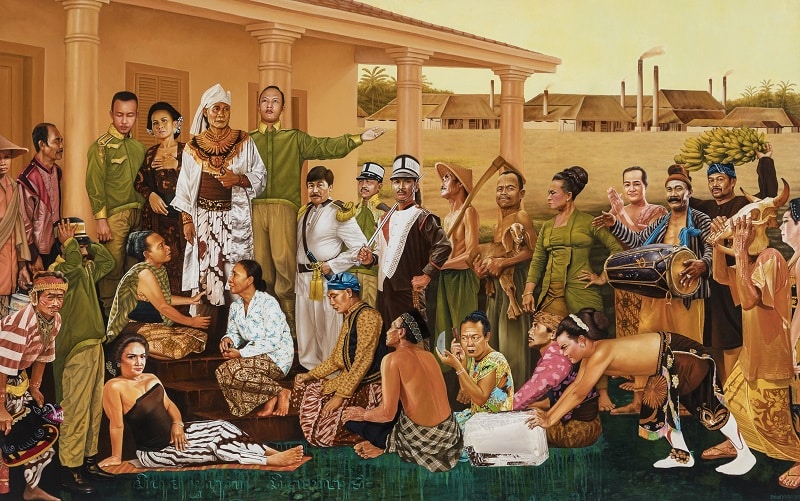‘The Soils Project’ exhibition at TarraWarra Museum of Art until 12 November forms part of an ongoing collaborative project developed in 2018 between TarraWarra Museum of Art, Victoria, Van Abbemuseum, Eindhoven, The Netherlands and Struggles for Sovereignty, Indonesia.
Works including video, painting, sculpture, weaving and installation elaborate on the ever-evolving issues of colonisation, global industry and environmental change and the ongoing impact it has on cultural heritage, land management, traditional knowledges and customary practices – around the world.

Inspired by the diverse and innate histories ingrained within their locations, the artists, writers, curators and cultural practitioners involved in ‘The Soils Project’ share their understanding of soil, as both metaphor and matter. View the full list of participants here.
Newly commissioned works by Megan Cope, Keg de Souza and Peta Clancy are on view. Cope and de Souza’s collaborative pieces explore the Coranderrk Aboriginal Station, a site of great significance for Wurwundjeri and Kulin peoples, presented across a series of beautiful earth maps created using soil chromatography – a photographic process that enables the colours, patterns and textures of soil to be revealed and provide clues to the biological, mineral and physical health of soil.

Drawing inspiration from cultural memory and historic images of the site where the Birraruung (Yarra River) and the Brungergalk (Watts River) connect, Clancy presents a large-scale photographic installation titled birrarung ba brungergalk.
With a video work titled Boerenzij (The Rural Side), Dutch artist Wapke Feenstra voices concern for the ways in which the rural lives and traditions of diverse communities from the southern bank of Rotterdam continues to be overshadowed by urbanisation. In a recent interview with ABC presenter Andy Park, Feenstra discusses the premise of her community-inspired work and explains that so much can be lost in the urban verses rural divide. Urban and rural cultures should be more interwoven – “Contemporary art when it doesn’t include rural culture loses connection to the soil.”

Two large and colourful paintings bring a five-year collaborative project between artist Moelyono and ludruk performers from Jombang in East Java to view. Ludruk is a South-east Asian theatrical genre motivated in satirical humour that brings the struggles of local communities into the spotlight.
Institut Mosintuwu presents a painting created using seeds, leaves and soils collected by women from a village in Indonesia’s Poso District in Central Sulawesi. The earth-imbued painting titled Ovarium Map celebrates the important role that women play in protecting our land, forests and water.
Public Program: Forum: On Sunday October 23 from 1pm to 4pm Back to Earth will present inspiring talks about the themes running throughout ‘The Soils Project’ – decoloniality, the Earth, working on Country, and sound.